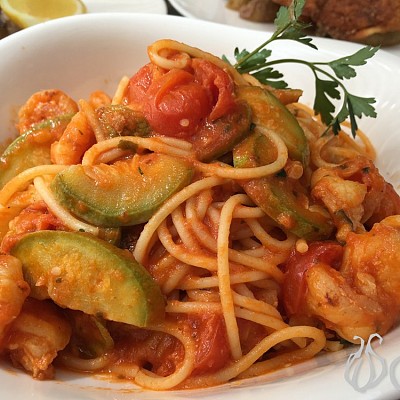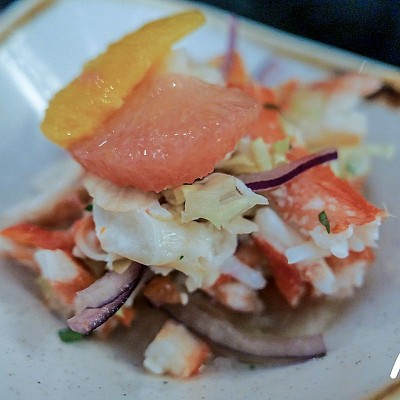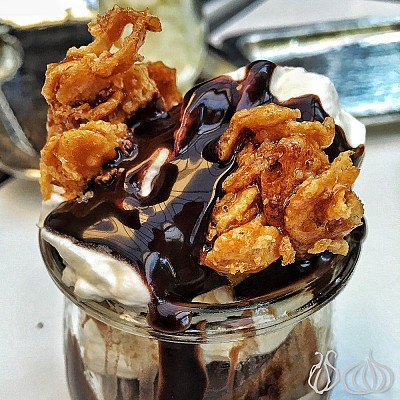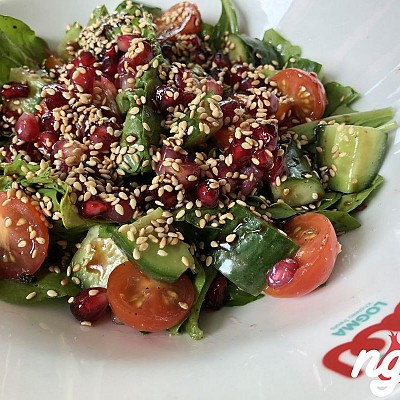Understanding Specialty Diets
Specialty diets cater to specific dietary needs or restrictions, such as gluten-free, vegan, or keto. Restaurants are now offering more options to accommodate these diets, making dining out easier. Gluten-free diets exclude gluten, a protein found in wheat, barley, and rye, suitable for people with celiac disease or gluten sensitivity. Vegan diets avoid animal products like meat, dairy, and eggs. Keto diets focus on high fat, moderate protein, and low carbohydrate intake. Understanding these diets helps individuals make informed choices when dining out.
Challenges Faced by People with Specialty Diets
Specialty diets come with challenges at restaurants. Limited menu options can make it tough to find suitable dishes. Cross-contamination is a risk when kitchens handle various foods. Communicating your dietary needs clearly helps ensure safe and satisfying meal choices. Planning ahead by checking online menus or calling ahead can make dining out easier.
Tips for Navigating Restaurant Menus
When dining out with a special diet, look for restaurants with customizable options like salads or build-your-own bowls. You can also check the online menu before going to choose a suitable dish. Communicate your dietary needs clearly to the server, and don't hesitate to ask questions about ingredients or preparation methods. Avoid dishes with hidden ingredients like sauces or dressings that may contain allergens. Lastly, express gratitude to the staff for accommodating your needs!
Communication with Restaurant Staff
When dining out with a specialty diet, openly communicate with restaurant staff about your dietary needs. It's essential to inform them of any allergies or restrictions you have. Here's how to effectively communicate your requirements:
- Clearly state your dietary restrictions to the server.
- Ask if the chef can accommodate your needs.
- Inquire about ingredient substitutions or modifications to dishes.
- Be polite and patient if challenges arise; good communication can lead to a pleasant dining experience.
Identifying Suitable Options on the Menu
Look for dishes marked as vegetarian, gluten-free, or dairy-free on the menu. These options are often suitable for specialty diets. You can also ask the server for recommendations tailored to your dietary needs. Grilled, steamed, or roasted dishes are usually safer choices compared to fried or breaded items. If in doubt, don't hesitate to inquire about the ingredients or preparation methods used in a particular dish.
Customizing Your Order
When dining out with a specialty diet, you can customize your order to suit your needs. Here are some tips to help you when customizing your meal:
- Inform Your Server: Clearly communicate your dietary restrictions to your server.
- Ask Questions: Inquire about ingredients and preparation methods to ensure your meal meets your dietary requirements.
- Request Modifications: Don’t hesitate to ask for substitutions or alterations to menu items to align with your dietary needs.
- Be Patient: Customizing your order may take longer, so be patient and understanding with the restaurant staff.
- Express Gratitude: Show gratitude for the restaurant accommodating your special dietary needs.
Allergies and Cross-Contamination Awareness
When dining out with food allergies, it's crucial to communicate clearly with the restaurant staff about your specific needs. Be sure to mention your allergies so they can accommodate your request. Cross-contamination can occur when allergens are present in shared preparation areas or tools, so ask about their kitchen practices to ensure your meal is safe to eat. If you're unsure about a dish, don't hesitate to ask questions to avoid any potential risks.
Importance of Reading Menu Labels
Always take the time to carefully read menu labels when dining out, especially if you have a specialty diet. Menu labels can provide important information about ingredients, preparation methods, and potential allergens. By reviewing menu labels, you can ensure that the dish you choose aligns with your dietary needs and preferences. Check for key terms like gluten-free, dairy-free, vegetarian, or vegan to find suitable options. Understanding menu labels can help you make informed choices and enjoy a satisfying meal that meets your dietary requirements.
Maintaining a Positive Dining Experience
It's important to communicate your dietary needs clearly to the waitstaff to make sure your meal is prepared correctly. Ask questions about the menu items if you're unsure if they're suitable for your diet. Be polite and patient as you navigate the menu to ensure a positive dining experience.
Summary and Recap
Throughout this blog, you have learned important tips for navigating restaurant menus with a specialty diet. Remember to always communicate your dietary needs clearly and politely with restaurant staff. Check out the menu online beforehand if possible to plan ahead. Ask questions about ingredients and preparation methods to ensure your meal meets your dietary requirements. Look for keywords on the menu that indicate dishes suitable for your diet, such as "gluten-free," "vegan," or "dairy-free." Don't hesitate to customize your order to fit your needs. By being proactive and communicative, you can enjoy dining out while staying true to your specialty diet.






































